

Due to this union between the tiger, which is the largest and heaviest feline, and the lion, which is the second largest feline, ligers and tigons are also rather large. But, while tigons are the same size as regular tigers, ligers are much bigger than their parents.
In fact, the largest feline in the world is a liger named Hercules, who weighs 922 pounds (418.2 kilograms) is 11 feet (3.33 meters) long, and is 4 feet (1.25 meters) tall at the shoulder.
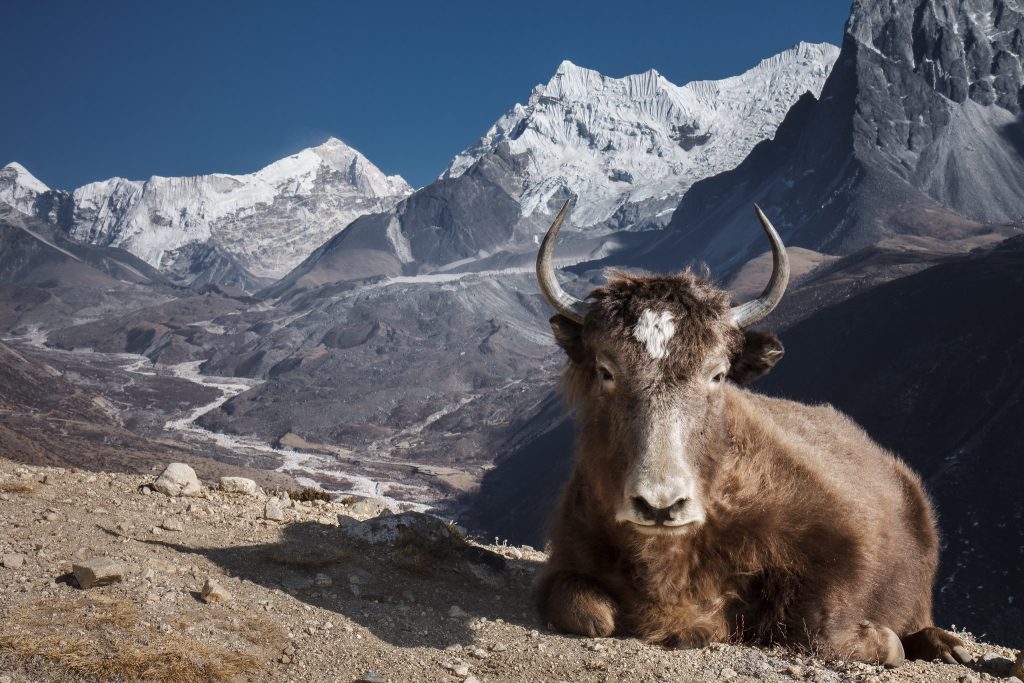
Males of this cross are sterile while females are still able to breed. “Dzo” particularly refers to males of this hybrid, while females are called “dzomo” or “zhom.”

These pigs are raised mainly in Europe, and are much more aggressive and harder to handle than domestic pigs, as one would imagine. This hybrid has been observed occurring naturally in Australia where escapee domestic pigs breed with wild boars.
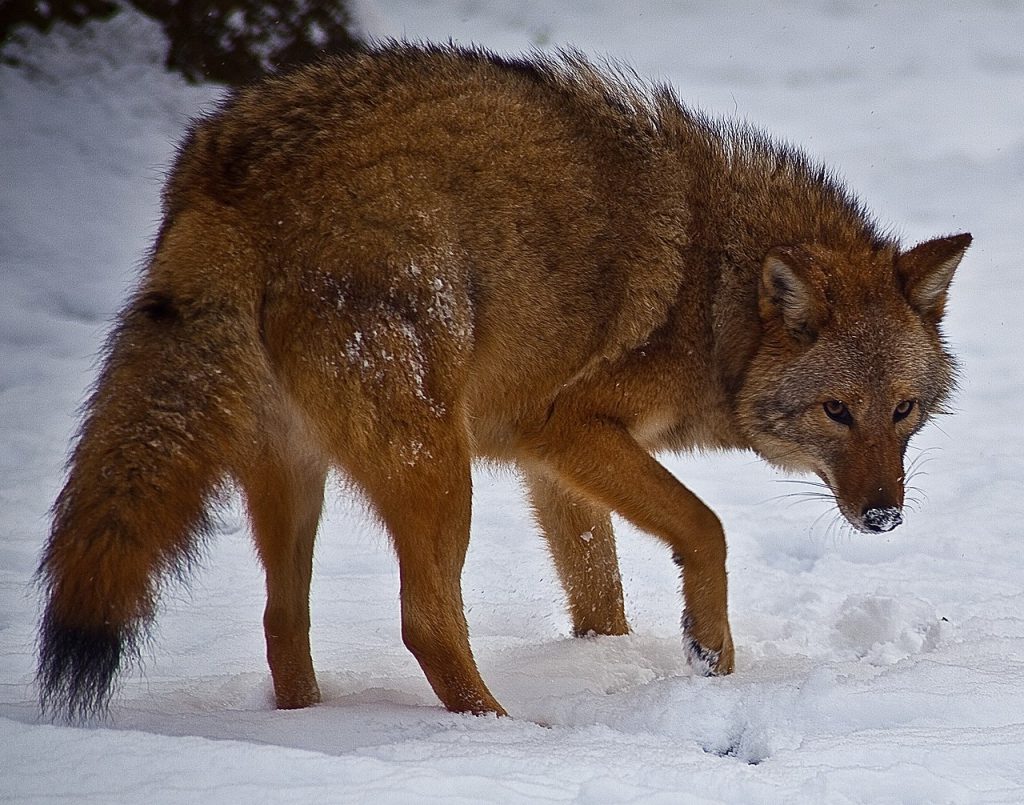
Extensive hunting of wolves over 4 centuries decimated the population; this limited the options for suitable mates, so the animals had to search outside their species. It appears that they weren’t too selective – researchers have found domestic dog DNA in their genome, too!
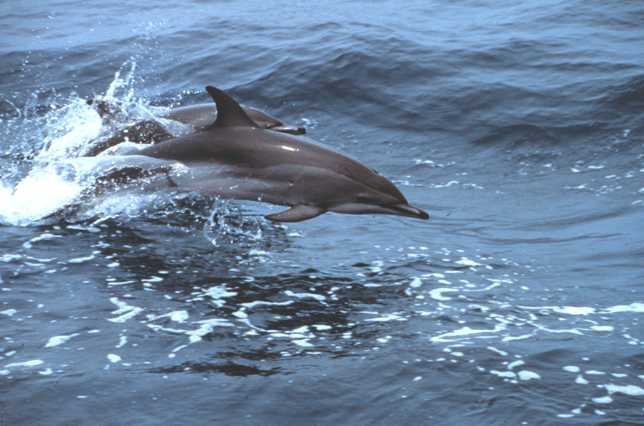
Unlike most animal hybrids, which are the result of captive breeding, Clymene dolphins are natural hybrids. Humans have not played a role in their genesis, and they can breed normally.

A zebra stallion and a horse mare will produce a zorse or zebrula; a zebra stallion and a pony mare will produce a zony; and a zebra crossed with a donkey is often called a zonkey or zedonk, among other names.
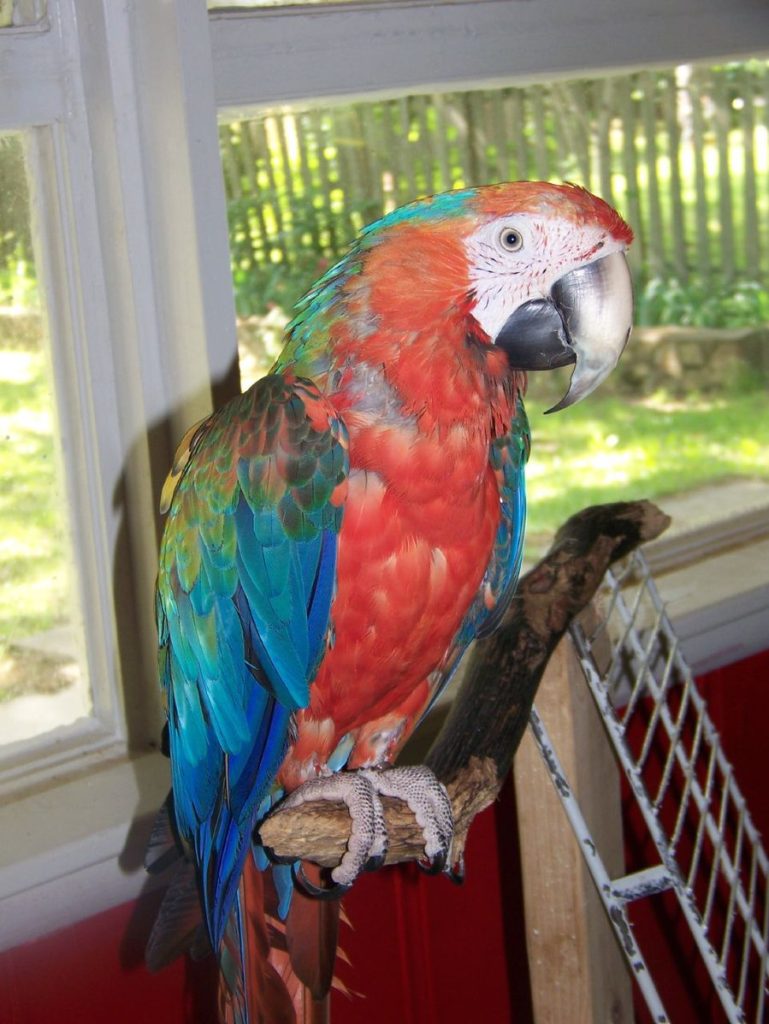
This beautiful parrot possesses the best qualities of both macaws. We like it!

Later on, after World War I, Polish scientists bred the hardy, adaptable żubroń en masse as a cheap replacement for domestic cattle.
However, in the 1980s, their progress came to a halt due to economic difficulties and fear that żubrońs would breed with native wisents, causing genetic pollution.
Similarly, in 1880 in Canada, Col Samuel Bedson bred cows with American bison, creating another bovid hybrid known as a cattalo. When first created, cattalo were far from perfect, since male offspring were usually sterile. However, in 1965, a male hybrid bull was born, and this changed everything. Since that day, cattalos were rebranded as beefalos and sold to the general public as such.

These bears possess traits of both of their parents, and they often have a mixture of white, brown, and black hair.
Physically, they are smaller than polar bears but larger than grizzlies, and their soles are partially covered in hair.
Mentally, they are more like polar bears stomping on toys and hurling them like polar bears stomping on ice and hurling prey.
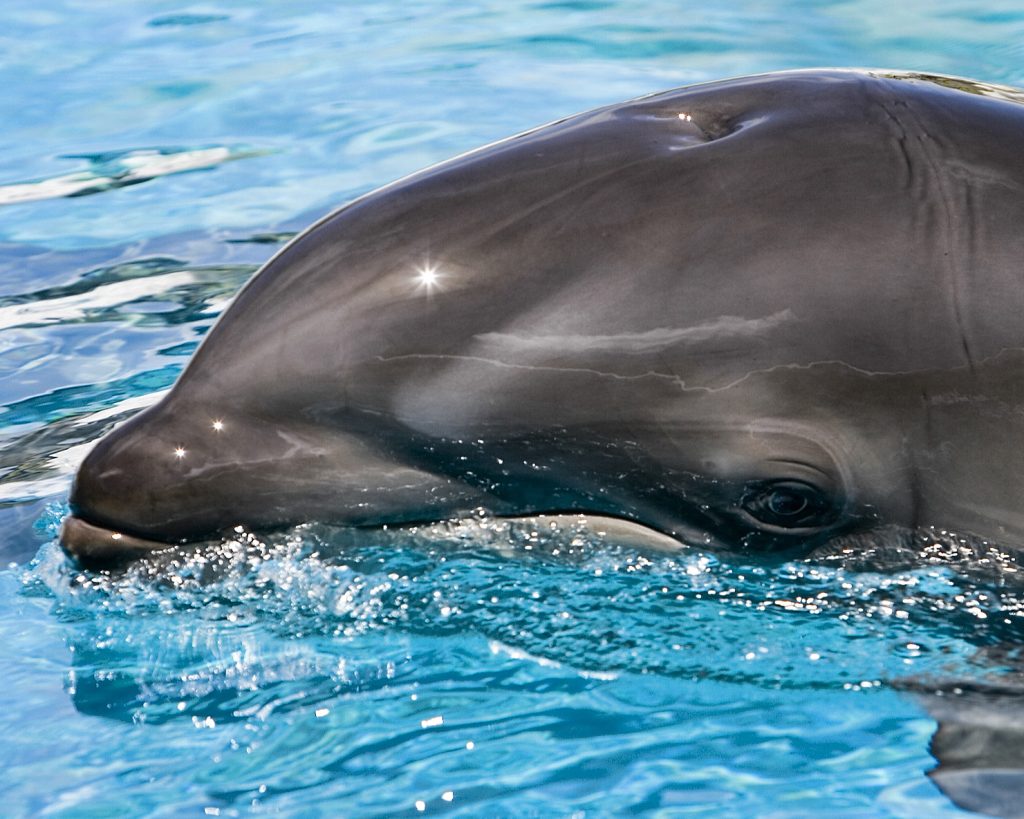
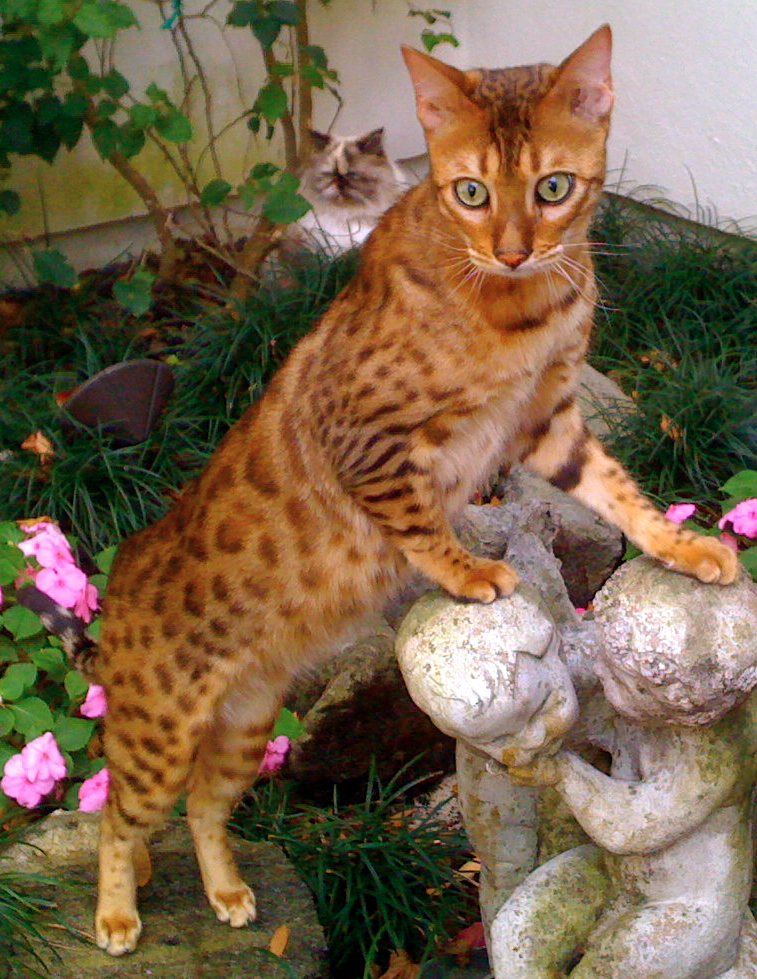
Unlike most cats, bengal cats love water. This is likely due to their leopard cat ancestor’s affinity for water.
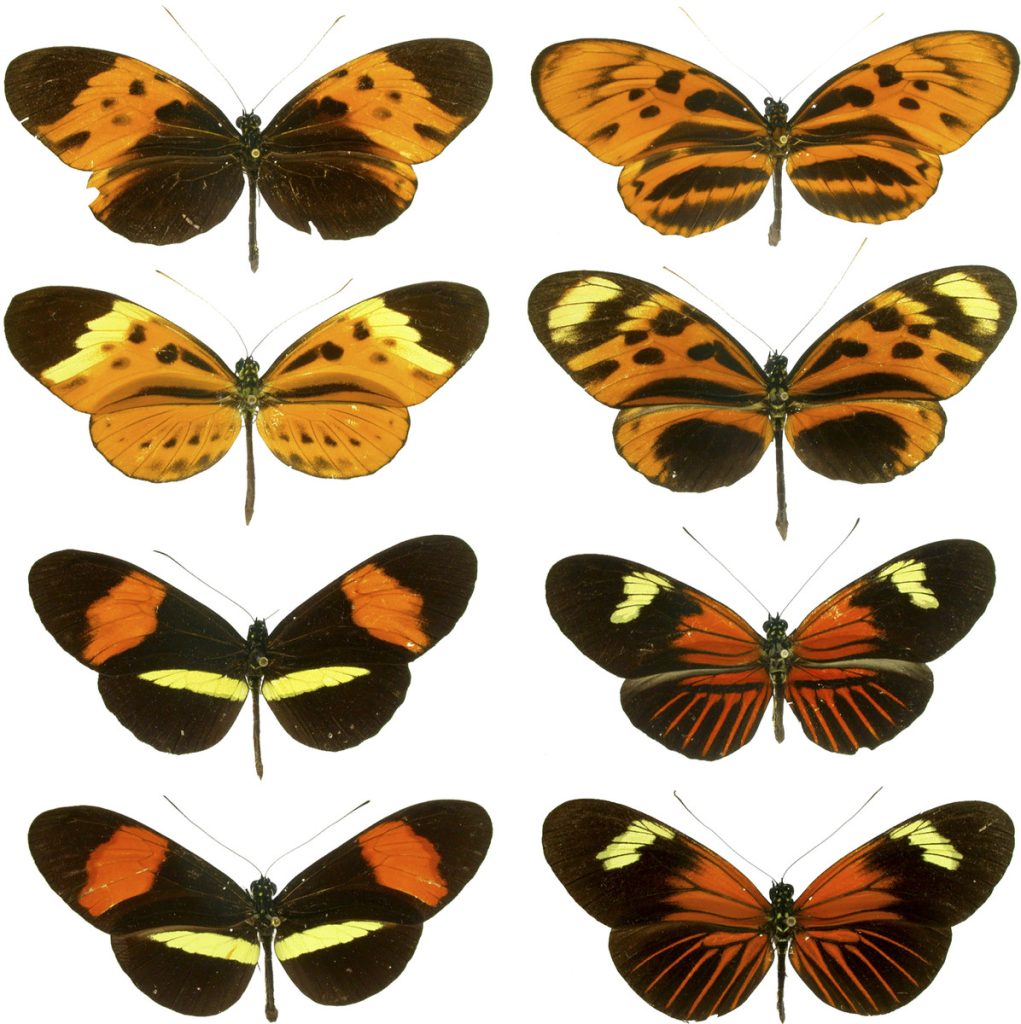
Many of the species in the Heliconius genus originated as hybrids of other Heliconius species and are now reproductively isolated from their parent species. This means that the Heliconius butterfly species have interbred so much that they have created completely new species.

Tiger muskies are born sterile, but like most other hybrid animals, they grow very quickly and are less susceptible to disease. In one study, tiger muskies grew 1.5 times faster than non-hybrid muskellunge.




